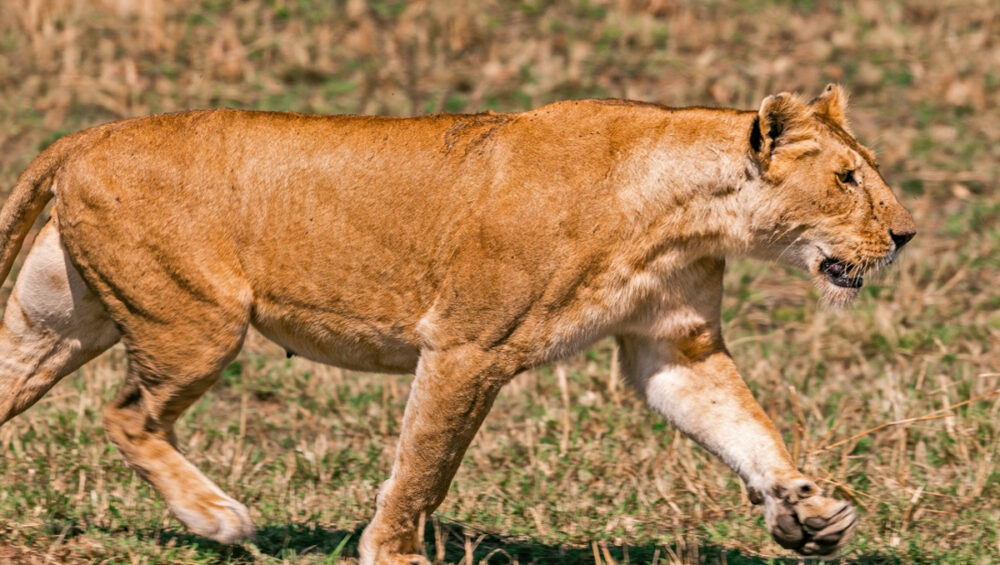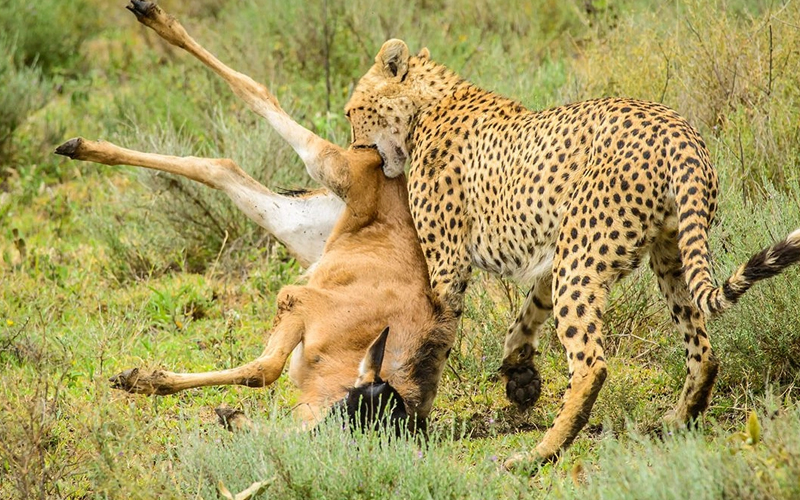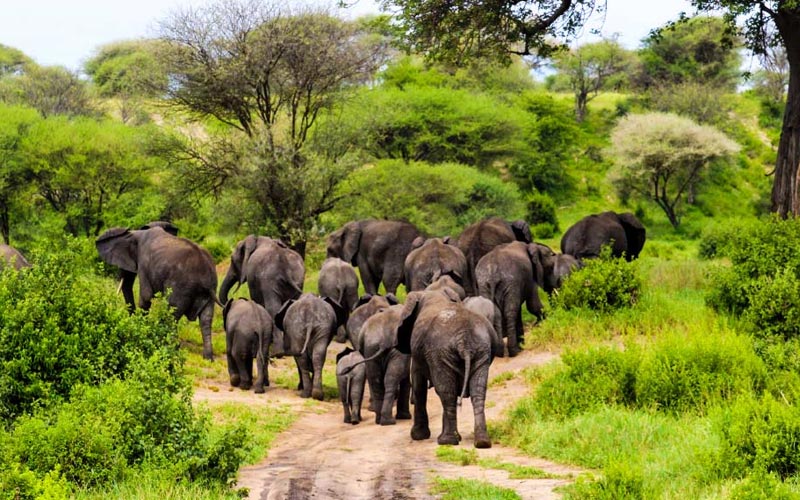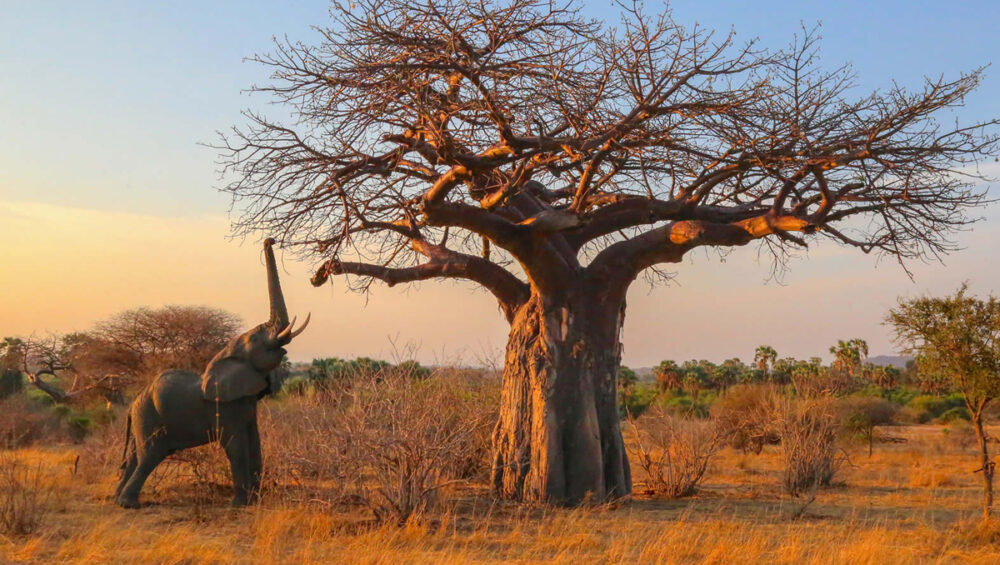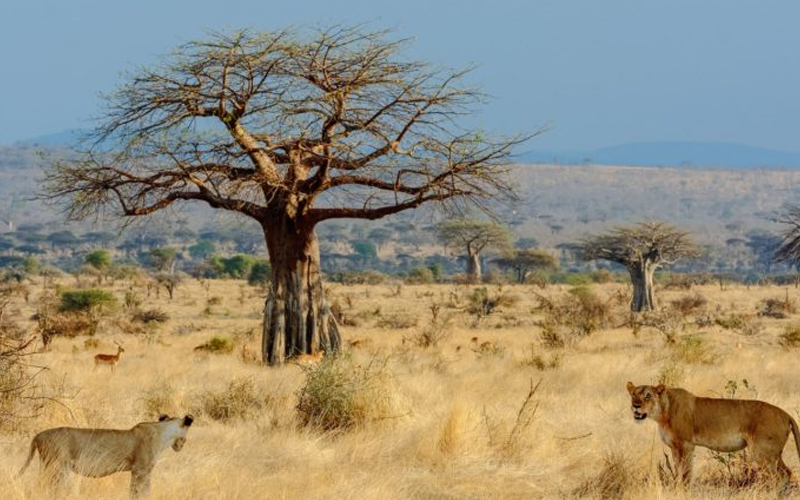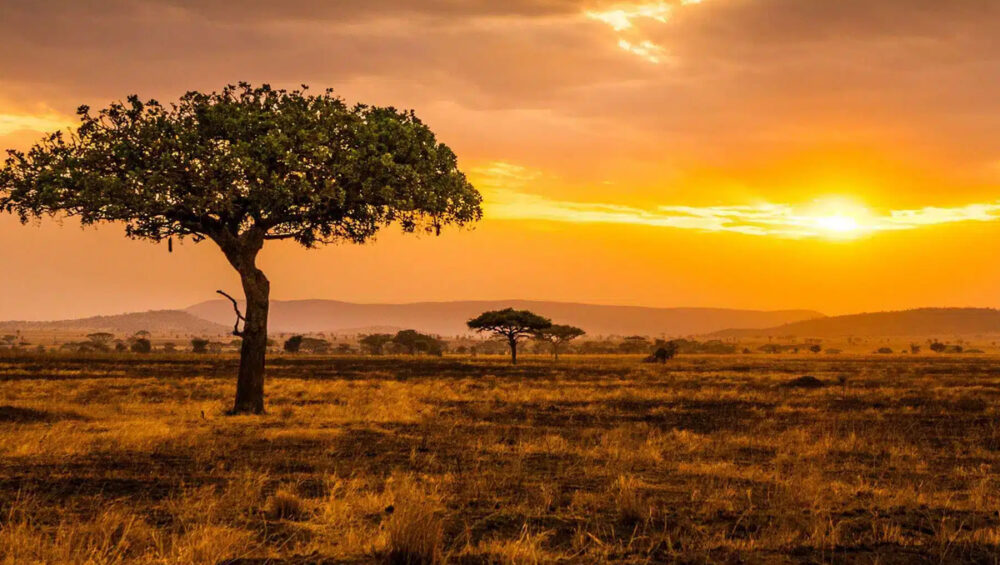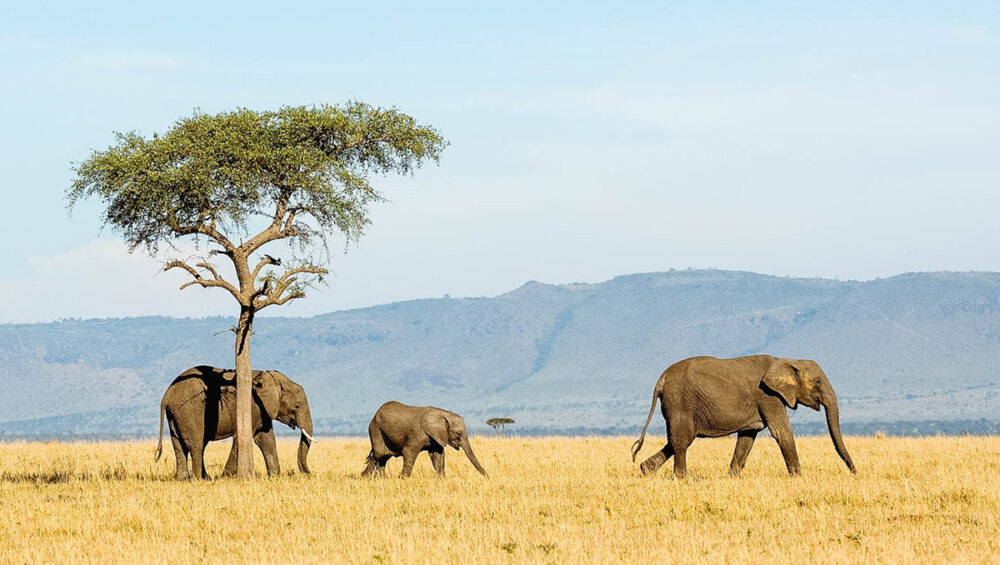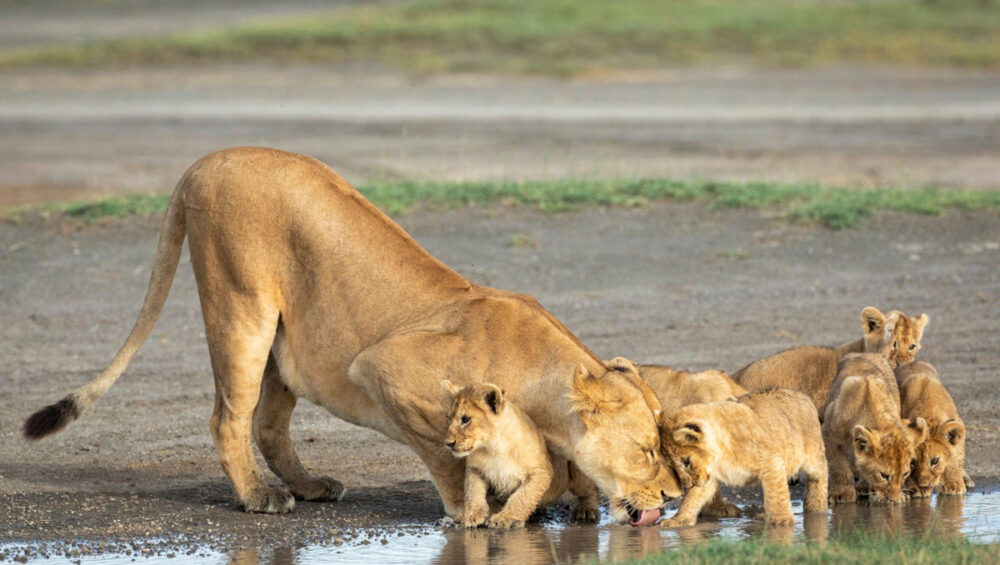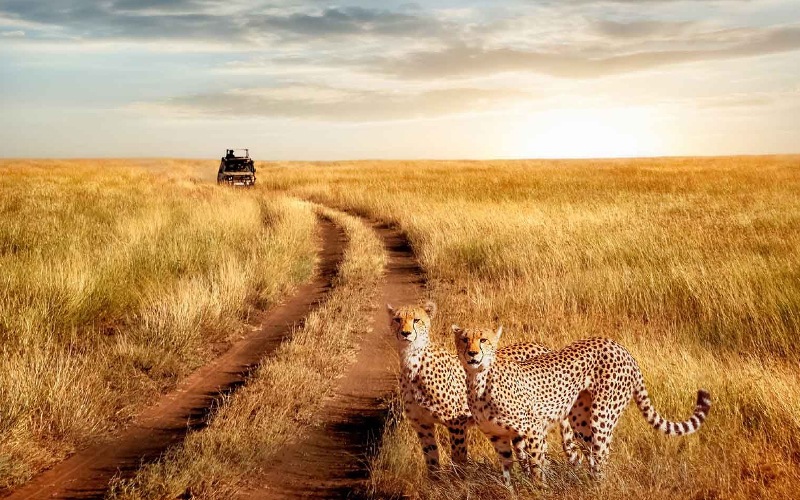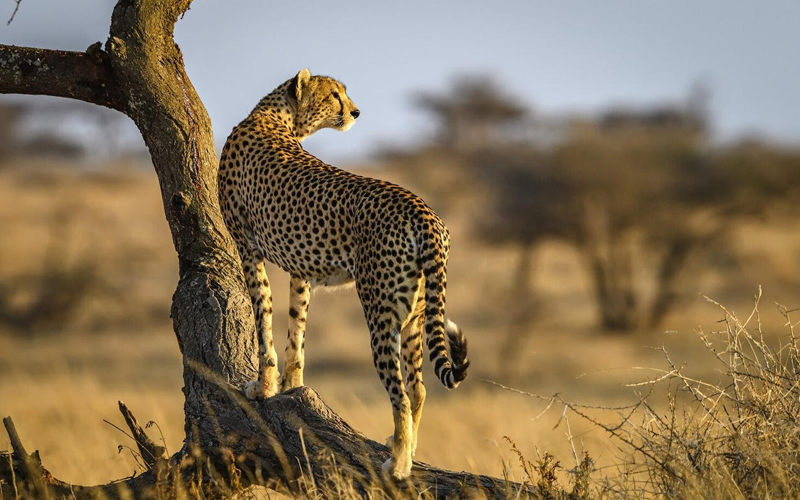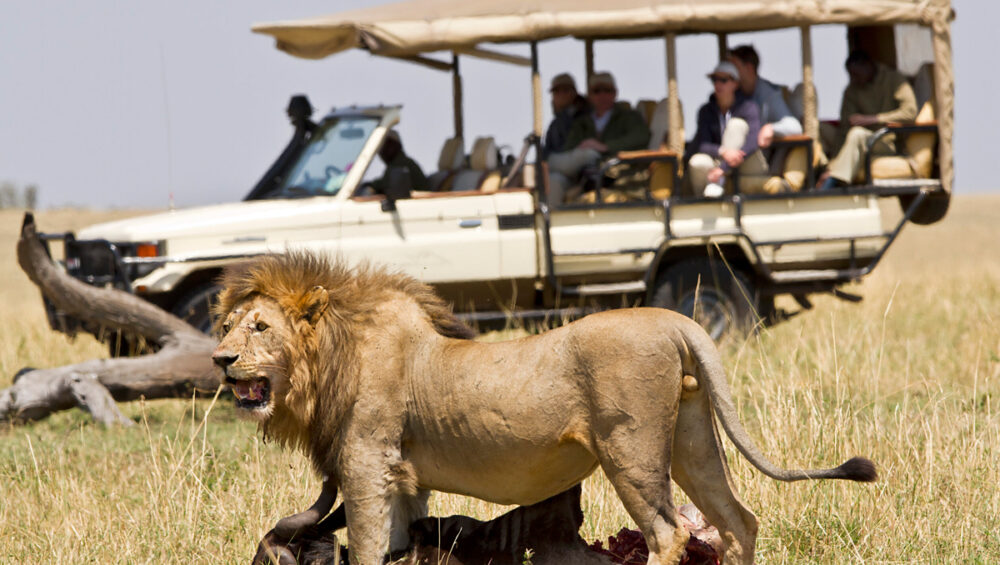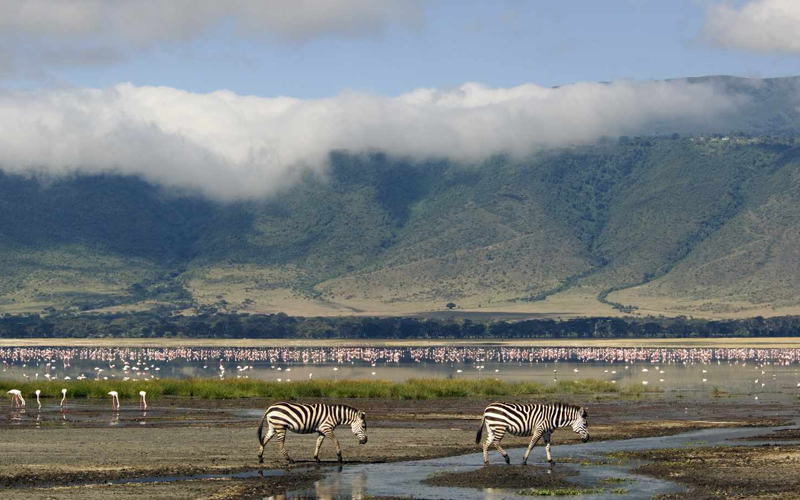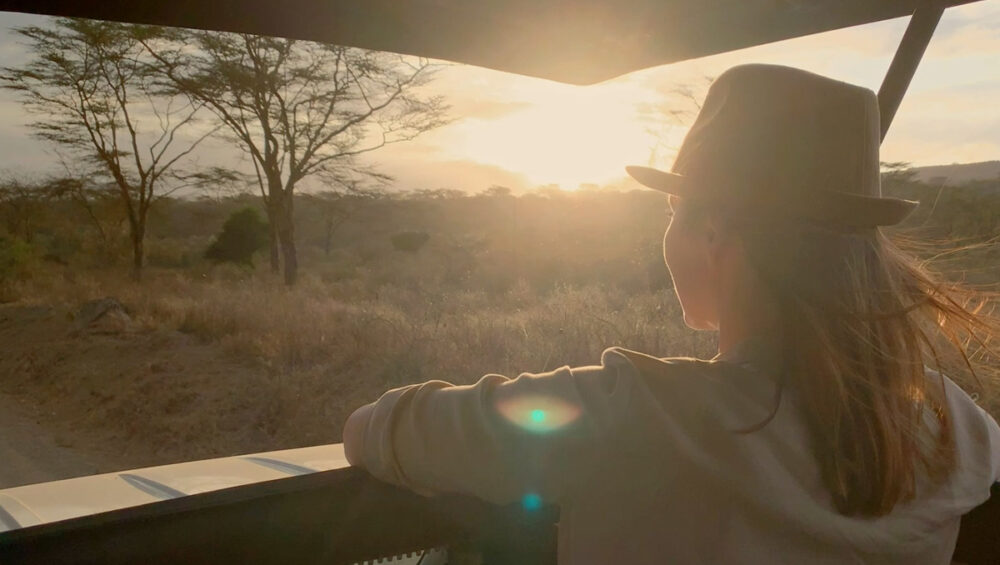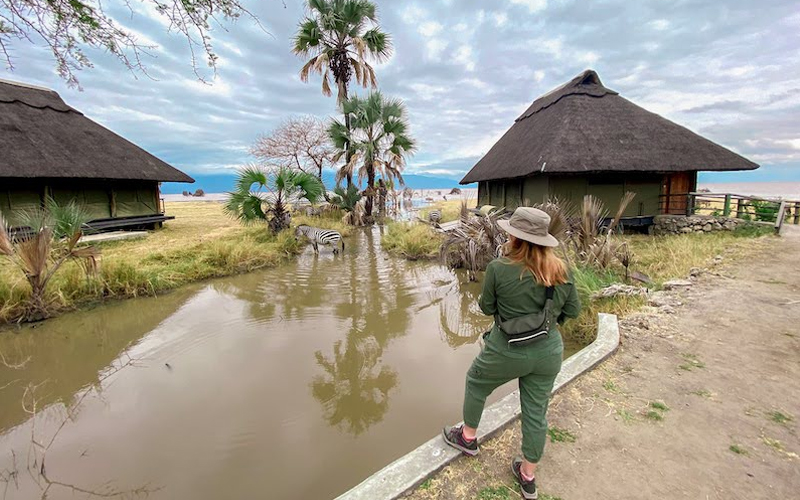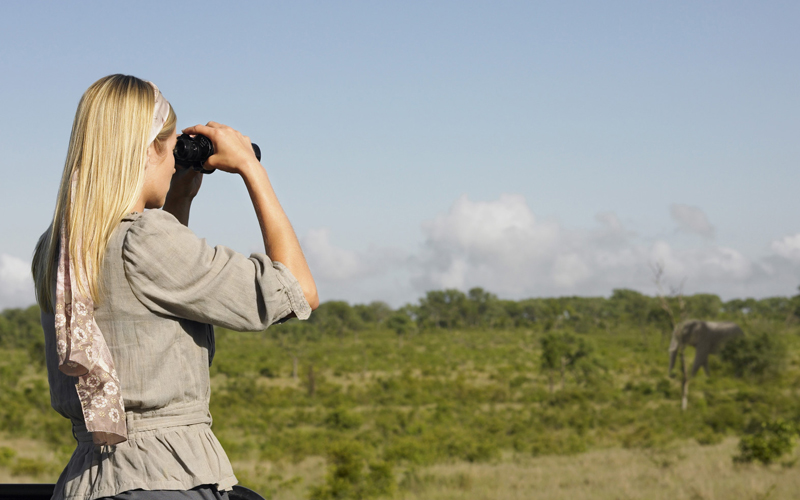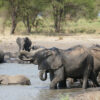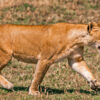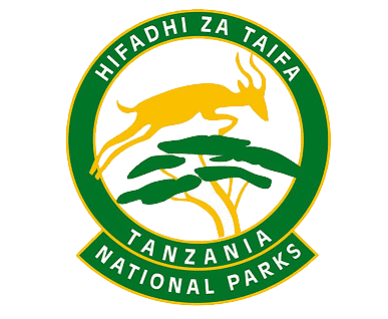Top Activities in Tarangire National Park 2024
Explore the Best Activities in Tarangire National Park 2024
Often overshadowed by its more famous neighbors like Serengeti and Ngorongoro Crater, Tarangire National Park is a hidden gem of Tanzania. Known for its huge elephant herds, towering baobab trees, and diverse wildlife, Tarangire offers a more off-the-beaten-path safari experience. For those visiting in 2024, the park promises a wealth of adventure, from classic game drives to unique walking safaris. In this guide, we’ll explore the top activities in Tarangire National Park to ensure you make the most of your safari experience in 2024. Let’s dive into why this park deserves a spot on your Tanzania itinerary!1. Game Drives: See Tarangire’s Famous Elephant Herds
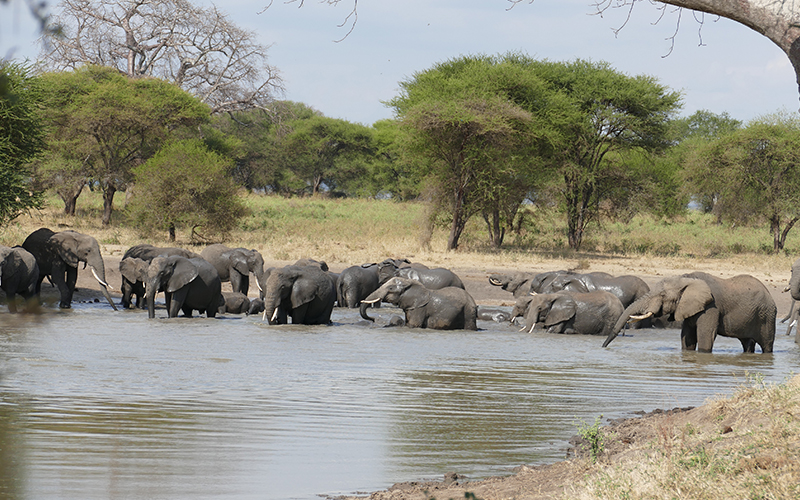
- What You’ll See:
- Large herds of elephants (sometimes over 100 in a single group) congregate around water sources.
- Lions, leopards, and even cheetahs roam the savannah.
- Unique wildlife like fringe-eared oryx, greater kudu, and giraffes.
- Best Time for Game Drives:
- Dry season (June to October): As water sources dwindle, animals gather around the Tarangire River, making this the best time for wildlife sightings.
- Green season (November to May): The park turns lush and green, and while wildlife may disperse, the scenery is beautiful, and the birdwatching opportunities are excellent.
2. Birdwatching: A Paradise for Bird Lovers
Tarangire is a birdwatcher’s paradise, with over 550 bird species recorded in the park. The park’s mix of rivers, wetlands, and woodlands creates diverse habitats for both resident and migratory birds. Whether you’re a serious birder or just enjoy spotting colorful creatures, birdwatching in Tarangire is a must.- Notable Bird Species:
- Yellow-collared lovebird: A colorful parrot species unique to Tanzania.
- Kori bustard: The heaviest flying bird, often seen strutting across the plains.
- Superb starling: Known for its iridescent feathers.
- Large ostriches and vultures can also be seen regularly in the park.
3. Walking Safaris: Explore Tarangire on Foot
One of the unique features of Tarangire National Park is the opportunity to take a walking safari, offering a more intimate experience with the African bush. Accompanied by an experienced ranger, you’ll track animals on foot and learn about the smaller details of the ecosystem, from animal tracks to plants and insects.- What You’ll Experience:
- Spot smaller wildlife, such as warthogs, dik-diks, and various bird species that are easily missed on a game drive.
- Learn about animal tracks, plants, and the ecosystem from your guide.
- The thrill of being up close to nature without the barrier of a vehicle.
4. Visit Silale Swamp: A Wildlife Hotspot
The Silale Swamp in Tarangire is a magnet for wildlife, especially during the dry season. This lush, green area provides a year-round water source, attracting animals like buffalo, elephants, and waterbuck. The swamp also serves as a haven for birdlife and predators that lurk nearby, waiting for an opportunity.- What You’ll See:
- Hippos wallowing in the swamp waters.
- Buffaloes, warthogs, and various antelope species graze near the water.
- Lions and leopards are often found stalking prey near the swamp’s edge.
5. Night Game Drives: Experience the Nocturnal Side of Tarangire
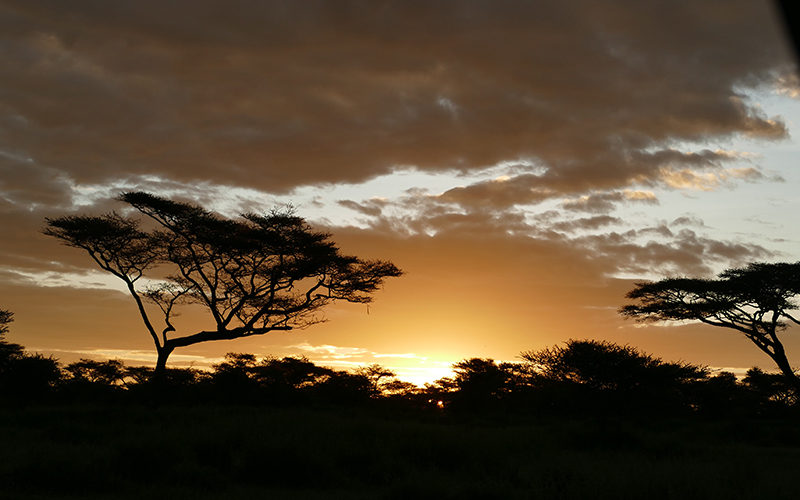
- What to Expect:
- Spot leopards, genets, bush babies, and other nocturnal species.
- Witness animals like lions on the hunt under the cover of darkness.
- Experience the park in a completely different atmosphere, with only the sounds of the African bush at night.
6. Baobab Tree Exploration: The Iconic Trees of Tarangire
Tarangire National Park is famous for its iconic baobab trees, some of which are over 1,000 years old. These ancient giants dot the landscape and provide a stunning backdrop for wildlife photography. Many animals, including elephants, are known to feed on the baobab bark, especially during the dry season.- Why It’s Special:
- The “upside-down” appearance of baobabs adds a dramatic flair to the landscape.
- Baobab trees are culturally significant and are often referred to as the “Tree of Life” due to their many uses for local communities and animals.
- The trees make for fantastic photography, especially at sunset.
7. Cultural Tours: Visit the Maasai and Datoga Tribes
For travelers interested in cultural experiences, visiting local Maasai and Datoga communities near Tarangire National Park offers an enriching glimpse into Tanzania’s diverse ethnic groups. Learn about their way of life, traditions, and how they have coexisted with wildlife for generations.- What You’ll Learn:
- Maasai warriors will share insights into their nomadic lifestyle, traditional dress, and customs.
- See how the Datoga tribe, known for their blacksmith skills, crafts intricate jewelry and tools.
- Participate in a cultural dance or visit a boma (traditional Maasai home) for a deeper connection with the local culture.
8. Safari in the Green Season: Enjoy a Lush, Crowd-Free Experience
While the dry season is the most popular time to visit Tarangire, the green season (November to May) offers a different kind of beauty. The landscape turns lush and green, and while the wildlife may not be as concentrated, there are still plenty of animals to see, along with fewer tourists and stunning views.- Why Visit in the Green Season?:
- Fewer crowds: Enjoy more exclusive safari experiences without the peak season rush.
- Spectacular scenery: The park comes alive with greenery, wildflowers, and vibrant colors.
- Birdwatching: Migratory birds arrive, making it the best time for bird enthusiasts.
FAQs: Your Tarangire National Park 2024 Questions Answered
Q: What is the best time to visit Tarangire National Park? A: The best time to visit is during the dry season (June to October) when wildlife congregates around water sources, making them easier to spot. The green season (November to May) is ideal for birdwatching and enjoying the park’s lush scenery. Q: How many days should I spend in Tarangire National Park? A: Ideally, spend at least 2 to 3 days in Tarangire to fully explore the park, enjoy multiple game drives, and participate in activities like walking safaris or cultural tours. Q: Can I visit Tarangire on a day trip from Arusha? A: Yes, Tarangire is located about 2 hours by car from Arusha, making it possible for a day trip. However, an overnight stay is recommended to fully experience the park. Q: What is Tarangire known for? A: Tarangire is famous for its large elephant herds, iconic baobab trees, diverse wildlife, and exceptional birdwatching. Q: Are night game drives allowed in Tarangire National Park? A: Night game drives are not permitted within the core park itself, but private lodges and camps in nearby areas offer night safaris on their private land.Why Tarangire National Park Should Be on Your 2024 Safari List
Tarangire National Park may not be as famous as the Serengeti, but it offers a unique and rich safari experience with fewer crowds, diverse wildlife, and stunning landscapes dominated by baobab trees. Whether you’re on a classic game drive, spotting rare bird species, or walking among the wildlife on foot, Tarangire has something for everyone. Planning your 2024 safari? Make sure Tarangire is part of your Tanzania adventure – it’s a park that promises unforgettable memories and a true connection with nature. Discover Your Ideal Safari and Beach Getaway in Tanzania! Explore our pages for detailed information on: Visit our website for everything you need to plan your perfect adventure!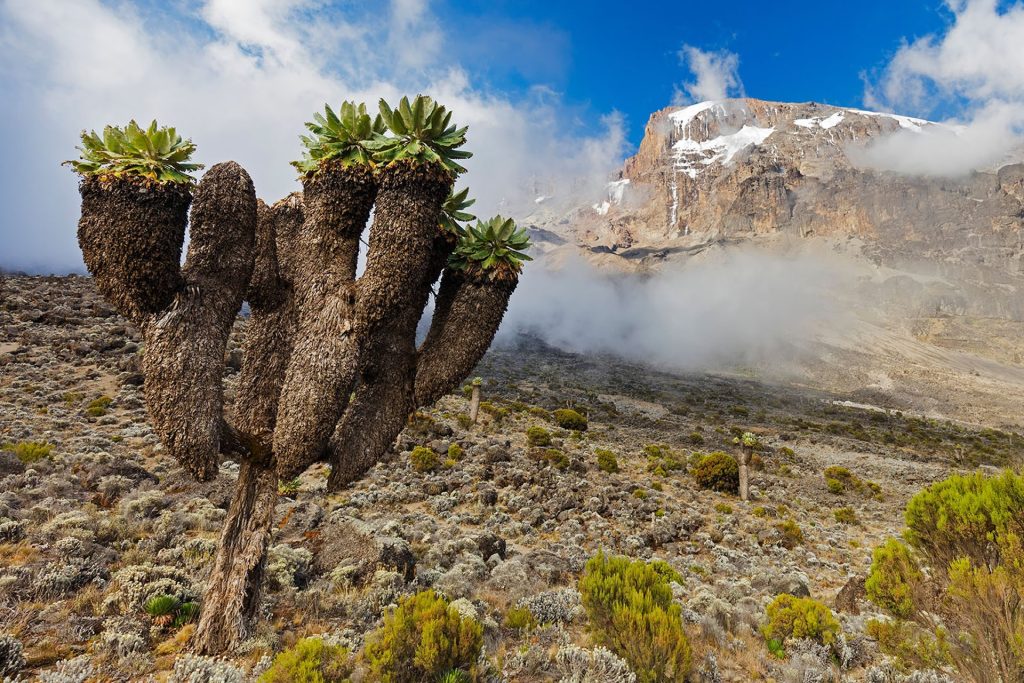










Kilimanjaro Climb
Book Hiking tours to Mount Kilimanjaro, The Roof of Africa, Best Prices Guarantee!
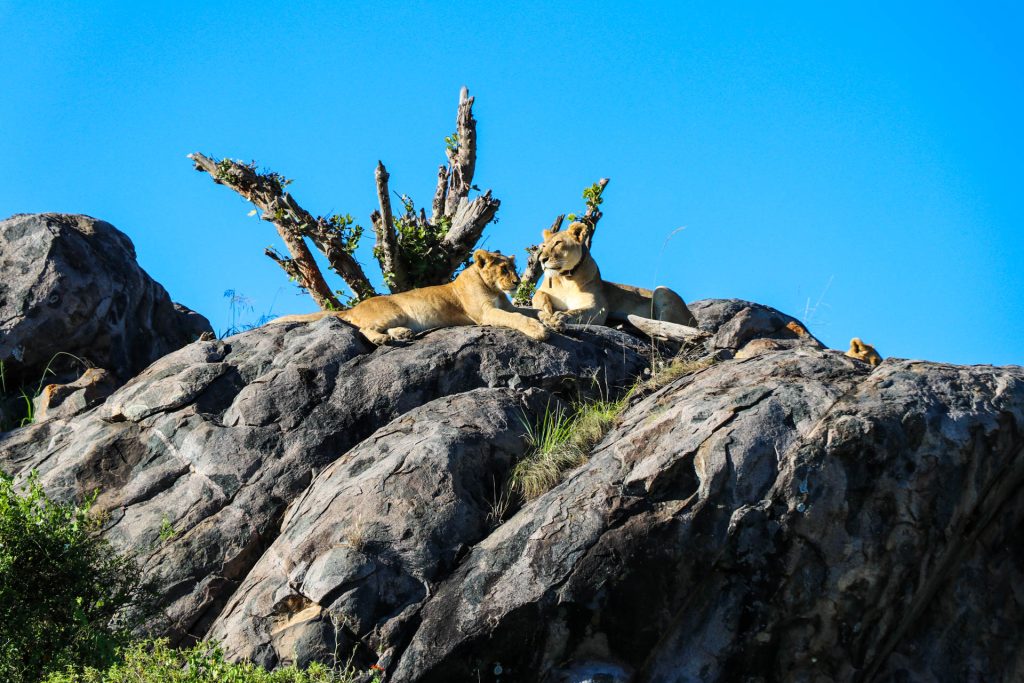










Tanzania Safari Vacations
Explore our Unforgettable Tanzania Budget, Mid-Range & Luxury Wildlife Safari.
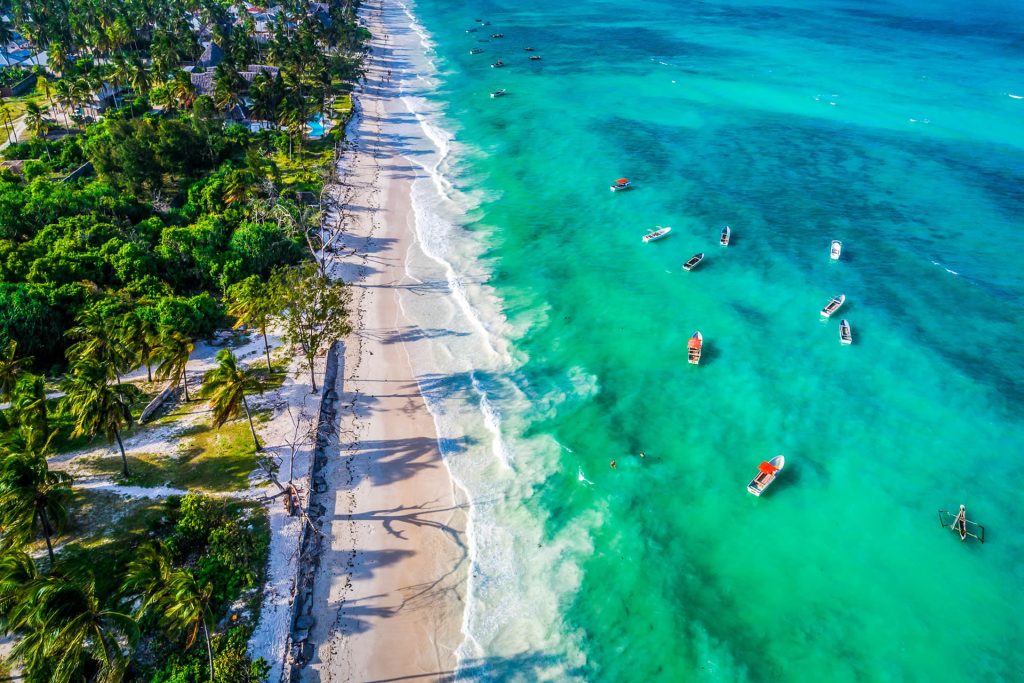










Beach Excursions
Visit Zanzibar Island and Coastal Tanzania for beach tours before and after a climb or safari.
ABOUT BOKER ADVENTURE…
Boker Adventure is a Tanzania Tours company located in Moshi town along the slope of Mount Kilimanjaro committed to offering local experiences such as Mount Kilimanjaro climbing experiences, Tanzania Wildlife Safari Experiences, Tanzania cultural tourism, bike tours, honeymoon, Air Ticketing and beach holidays. At Boker Adventures, we offer you a unique and comprehensive selection of Tanzania Private tours that are tailor made to suit your schedule and budget.
Please give us an opportunity to organize your African dream holiday!.


